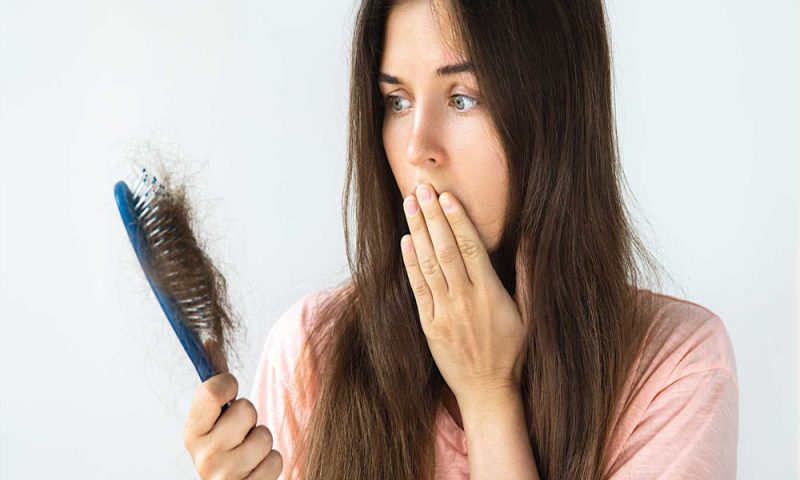Causes of Female Hair Loss
Today, serious baldness is surely an increasing problem that affects about 30 million women in America spanning various ages. Every month, our hair grows with the rate of about half an inch, and every hair has a growing phase of from two to six years. After that, the head of hair “rests” for a time, then proceeds to fallout, as well as the follicle which nourished it starts to grow a whole new strand as part of a continuing cycle.
Some folks are genetically predisposed to hair loss, plus a band of hormones disturbs the development process. These hormones (androstenedione, testosterone, and dihydrotestosterone) are mixed in a man’s body in greater amounts and the women’s body in lesser amounts. In time, some of the head of hair follicles die, while others are not able to produce or maintain normal hair growth.
Female Pattern hair loss
In women, doctors refer to this as “female pattern hair loss,” an extensive term indicating a large number of other causes can also be linked to this issue. These include other enzymes, blockers, and hormone receptors. Since it is diffuse, female male pattern hair loss encircles the top in the head, and enzyme and hormone receptor sites vary through the scalp.
Other reasons for female pattern hair loss include polycystic ovary syndrome (women hormonal problem). Certain autoimmune disorders could cause inflammation of the scalp, and the head of hair comes out in patches or clumps. Women’s natural hair regrowth patterns can also be altered by severe emotional trauma, childbirth, surgery, “crash” dieting, anemia, thyroid conditions, and certain medications.
Since the reasons are varied, it is vital for females who suffer significant thinning hair to acquire a correct diagnosis of their condition and find the underlying disease that you should treat initially. This is often finished with blood tests or, when it is needed, a scalp biopsy.









